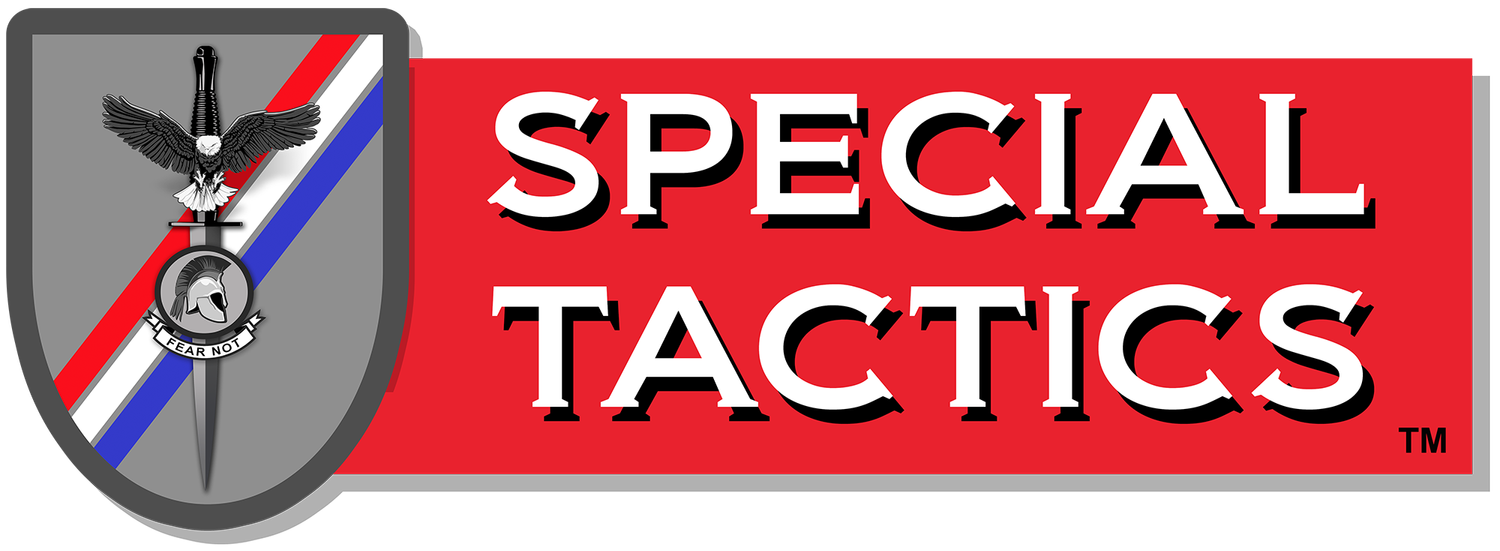Machine Gun Employment: Fire Control and Surface Danger Zones
This article, drawn from our latest book on machine gun employment discusses some key concepts that relate to fire control and surface danger zones. Machine guns are some of the most decisive infantry weapons but they can also be difficult to employ effectively and safely. Fire control and direct fire control measures are critical for ensuring you take maximum advantage of your guns and avoid accidental friendly fire incidents. The full book goes into more detail on this topic and offers additional fire control techniques and examples for leaders at all levels.
Machine Gun Employment: Theory and Tactics
Our latest book on machine gun employment goes into detail on a wide range of topics relating to machine gun theory and various tactics and techniques for using machine guns in combat. This article takes a selection of short paragraphs on several key concepts and useful tactics that are critical for effective machine gun employment. The full book goes into more detail on each of these topics and shows how they relate to each other in the bigger picture.
CAT-C Marksmanship: Unexpected Outcomes and Hidden Challenges
This article is adapted from our new Outcomes Based Learning (OBL) Professional Handbook. It discusses how unexpected training outcomes can present hidden challenges, even for those who are experienced at implementing OBL. The article takes a real-world example from a CAT-C course that was implemented properly but did not end up achieving the same desired outcomes across the board. The results are surprising and can teach us a lot about how to get more out of training.
CAT-C Marksmanship: The Origins of Outcomes Based Learning
This article is adapted from our new Outcomes Based Learning Professional Handbook. The article discusses the difference between outcomes-based training and process-based training using the Combat Applications Training Course (CAT-C) and traditional Army Basic Rifle Marksmanship (BRM) training as examples. In an outcomes-based course like CAT-C you start with the desired outcomes and build every aspect of the training around those outcomes. This approach has proven itself to greatly improve real-world combat effectiveness.
DEBATE 1: Low-Ready vs. High-Ready
This is the first of many debates that will be hosted by Special Tactics. Debate topics will cover everything from individual skills to battalion-sized combined arms operations. This first debate compares the “low-ready” weapon carry technique to the “high-ready” weapon carry technique.





